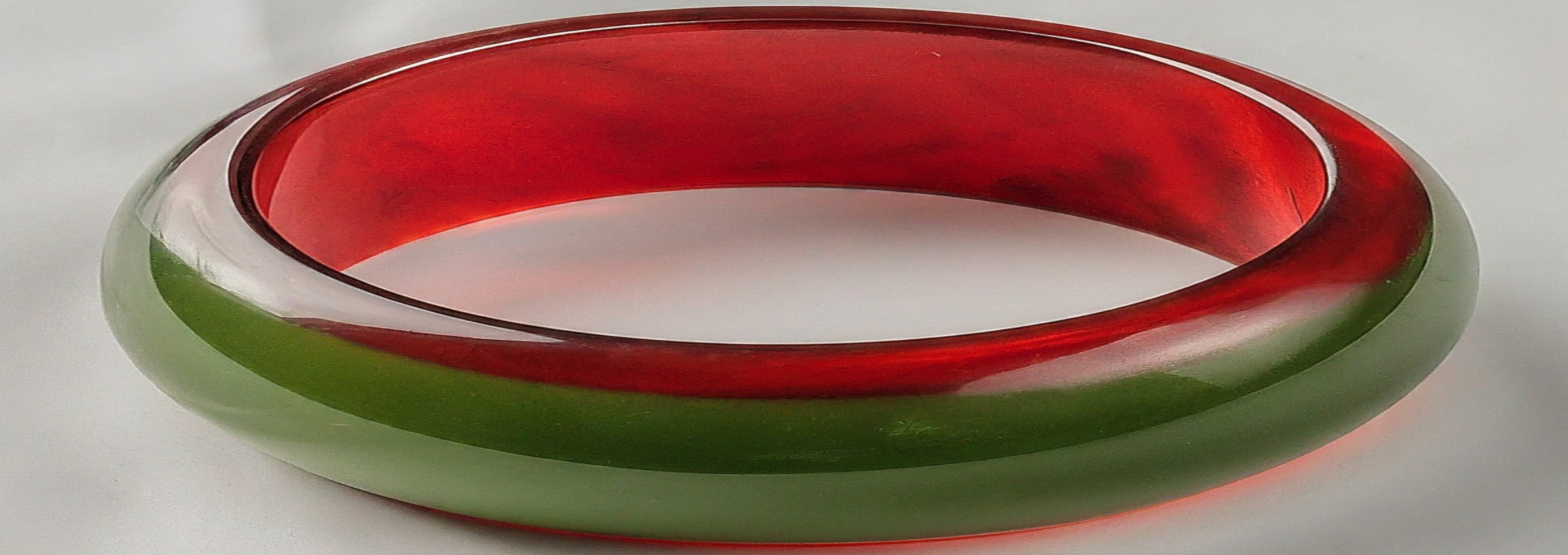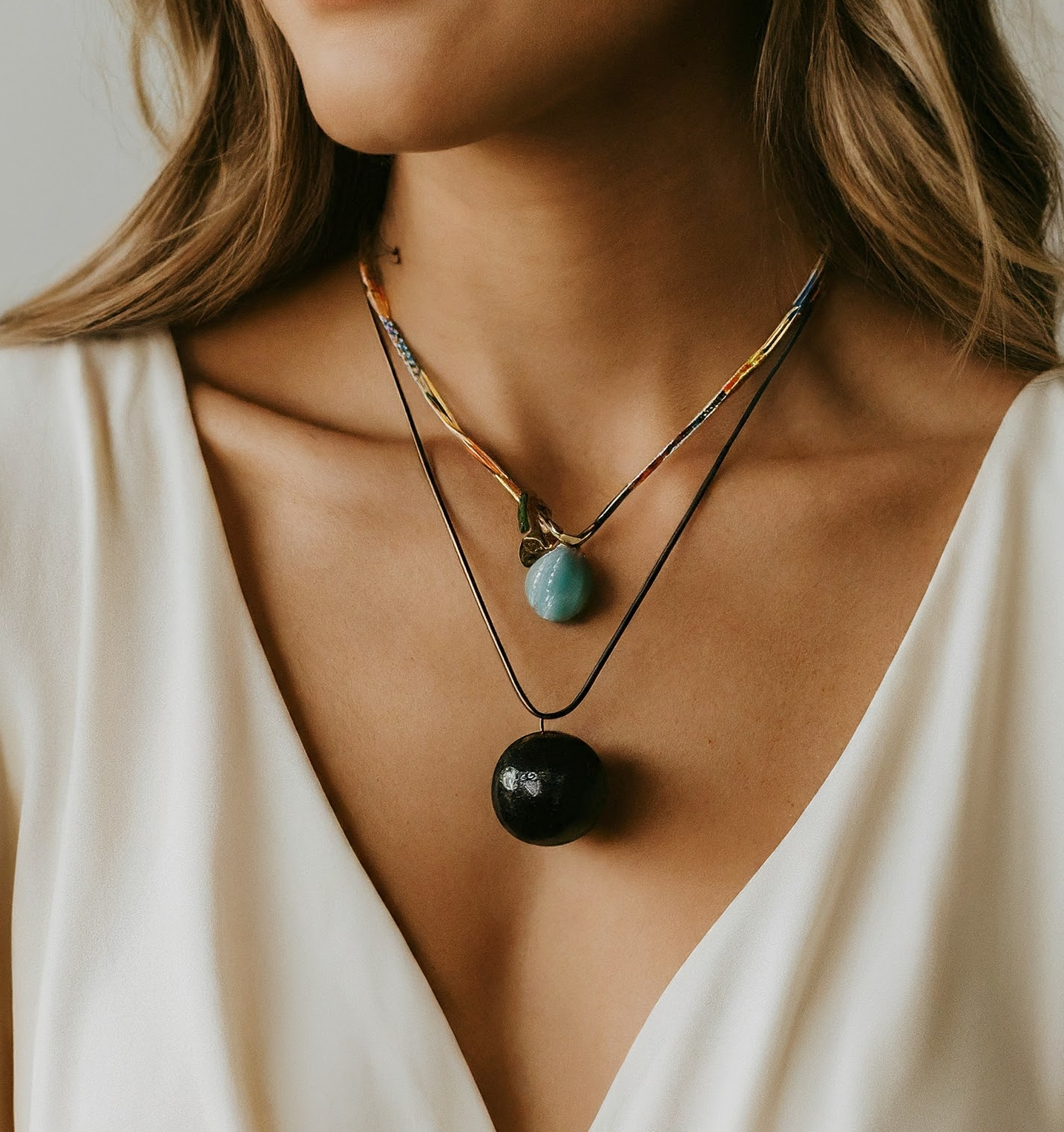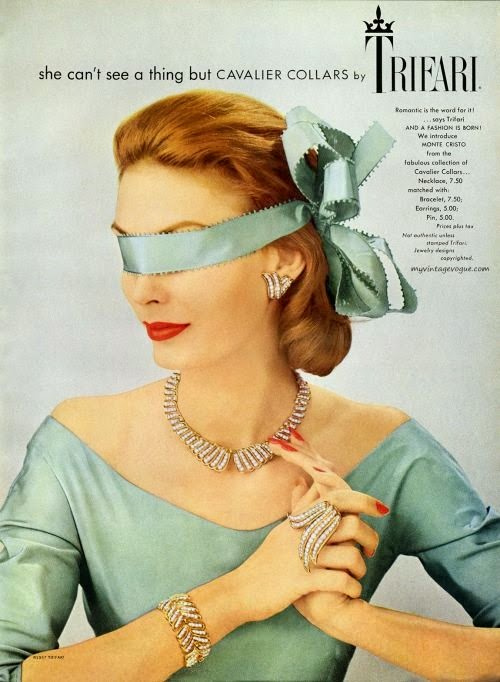
Vintage fashion jewelry, with its unique charm and historical significance, has captivated collectors and enthusiasts for decades. Unlike fine jewelry, which primarily features precious metals and gemstones, fashion jewelry uses more affordable materials but is no less valuable in terms of artistry and cultural relevance. Pieces from various eras reflect the style and societal norms of their time, making them fascinating artifacts of fashion history.
The allure of vintage fashion jewelry lies in its ability to tell stories from the past. These pieces often feature distinctive designs and materials that are no longer commonly used, offering a glimpse into the trends and innovations of previous decades. The craftsmanship and creativity involved in creating these pieces make them unique and highly desirable to those who appreciate the artistry of jewelry making.
Collectors of vintage fashion jewelry are often drawn to the history and aesthetics of these pieces. They appreciate the craftsmanship, the materials, and the cultural significance embedded in each item. Collectors range from casual enthusiasts to serious aficionados who meticulously curate extensive collections. These individuals invest time and effort into researching the origins and significance of their pieces, adding depth to their collections.
The market for vintage fashion jewelry has seen a steady increase in interest and value. As more people seek unique, sustainable fashion options, the demand for vintage pieces grows. Auctions, estate sales, and specialized vintage shops are popular venues for acquiring these items. The appreciation in value is driven by the rarity of well-preserved pieces and the growing recognition of their cultural and artistic importance.
Many notable designers have contributed to the allure of vintage fashion jewelry. Names like Coco Chanel, Elsa Schiaparelli, and Kenneth Jay Lane have left an indelible mark on the industry. Chanel's timeless pearls, Schiaparelli's surrealist designs, and Lane's bold, statement pieces are highly sought after by collectors. Each designer brought their unique vision and creativity, making their pieces iconic and valuable.
Coco Chanel revolutionized fashion jewelry with her elegant yet accessible designs. She popularized the use of faux pearls and costume jewelry, making stylish accessories available to a broader audience. Chanel's pieces often feature classic motifs like camellias and interlocking Cs, which remain highly collectible and appreciated for their timeless appeal.
Elsa Schiaparelli, known for her avant-garde and surrealist designs, introduced whimsical and imaginative elements to fashion jewelry. Her collaborations with artists like Salvador Dalí resulted in unique, eye-catching pieces that are highly prized by collectors. Schiaparelli's jewelry often features bold colors, unusual shapes, and playful themes, making them standout items in any collection.
Kenneth Jay Lane's fashion jewelry is renowned for its bold, statement-making designs. Lane's use of vibrant colors, oversized stones, and intricate detailing made his pieces popular among celebrities and fashion icons. His work is characterized by a glamorous, over-the-top aesthetic that continues to attract collectors and fashion enthusiasts.

From an ethical standpoint, vintage fashion jewelry represents a sustainable choice in a world increasingly aware of environmental issues. By choosing vintage over newly manufactured items, consumers help reduce the demand for new resources and minimize their carbon footprint. This aligns with the growing trend towards sustainable fashion and responsible consumption.
The production of new jewelry involves significant environmental costs, including mining, energy consumption, and pollution. Vintage fashion jewelry, on the other hand, repurposes existing materials, thereby conserving resources and reducing environmental impact. By opting for vintage, consumers contribute to a circular economy that emphasizes reuse and sustainability.
Beyond environmental concerns, vintage fashion jewelry also addresses social issues related to the fashion industry. The production of new jewelry often involves labor in poor conditions, with workers facing exploitation and unsafe environments. Vintage pieces, however, come from a time when craftsmanship was more valued, and purchasing these items today does not contribute to ongoing unethical labor practices.
Trifari was founded in 1910 by Gustavo Trifari, an Italian immigrant who brought his passion for jewelry making to New York City. From its inception, Trifari set itself apart through meticulous craftsmanship and innovative design, rapidly establishing a reputation for creating exquisite costume jewelry that rivaled fine jewelry in beauty and elegance. The company’s early success can be attributed to its commitment to quality and the ability to capture contemporary fashion trends, making high-style jewelry accessible to a wider audience without compromising on artistry or detail.
The transformative era for Trifari began in 1930 with the arrival of Alfred Philippe, a former designer for prestigious fine jewelry houses such as Cartier and Van Cleef & Arpels. Philippe's background in fine jewelry deeply influenced his work at Trifari, where he introduced techniques and materials typically reserved for high-end pieces, such as invisible settings and high-quality rhinestones. Under his direction, Trifari's designs became synonymous with elegance and sophistication, producing some of the most iconic pieces of the mid-20th century. His designs often drew inspiration from fine jewelry, resulting in pieces that offered luxury and refinement at an affordable price.
Beyond their intrinsic beauty, certain Trifari pieces hold considerable investment potential in the realm of vintage fashion jewelry. The brand's reputation for quality craftsmanship and timeless design has made its vintage pieces highly sought after by collectors and investors alike. Particularly coveted are pieces from limited edition collections, collaborations with notable designers, or those featuring rare materials or intricate detailing. These factors contribute to the appreciation of Trifari jewelry's value over time, making it not only a treasured addition to one's personal collection but also a sound investment opportunity. As interest in vintage fashion continues to grow, the demand for iconic Trifari pieces is expected to remain strong, further solidifying their status as valuable assets in the world of vintage jewelry. * Note: this is not investment advice nor should appreciation of value be taken for granted. Vintage Fashion Jewelry can go down in value as well as up.
